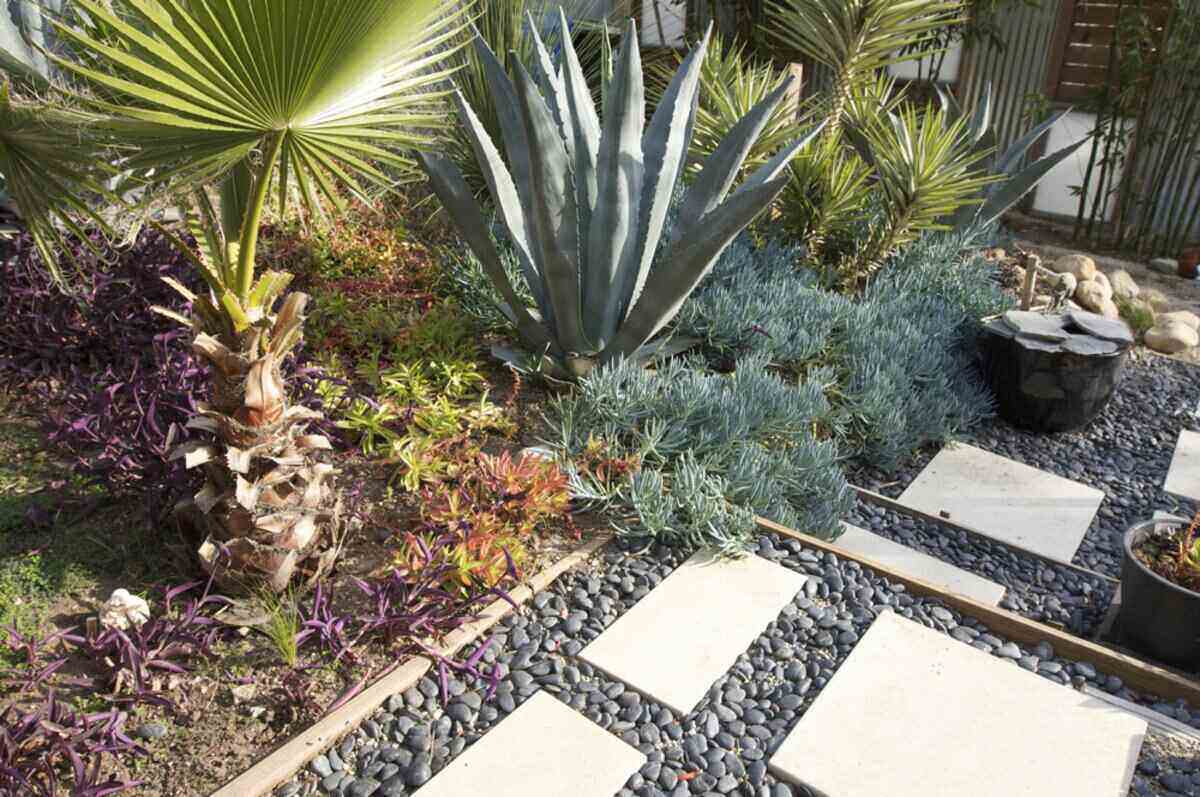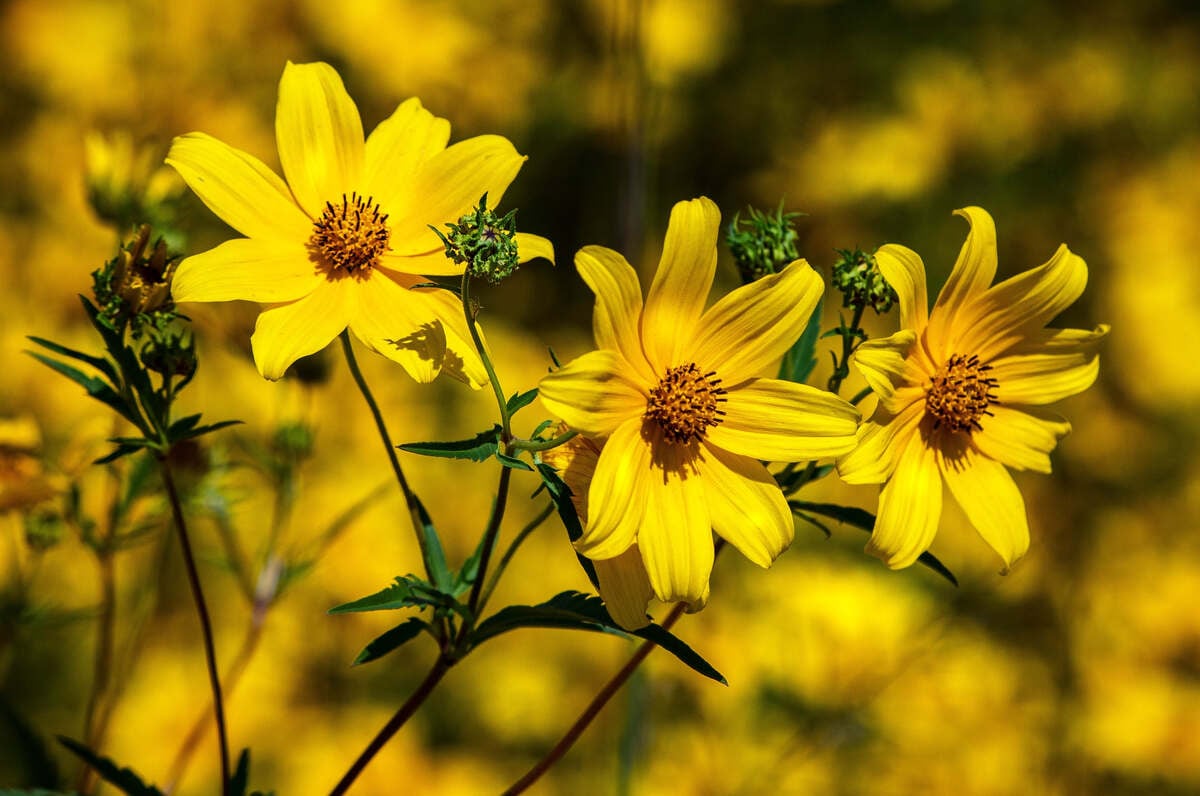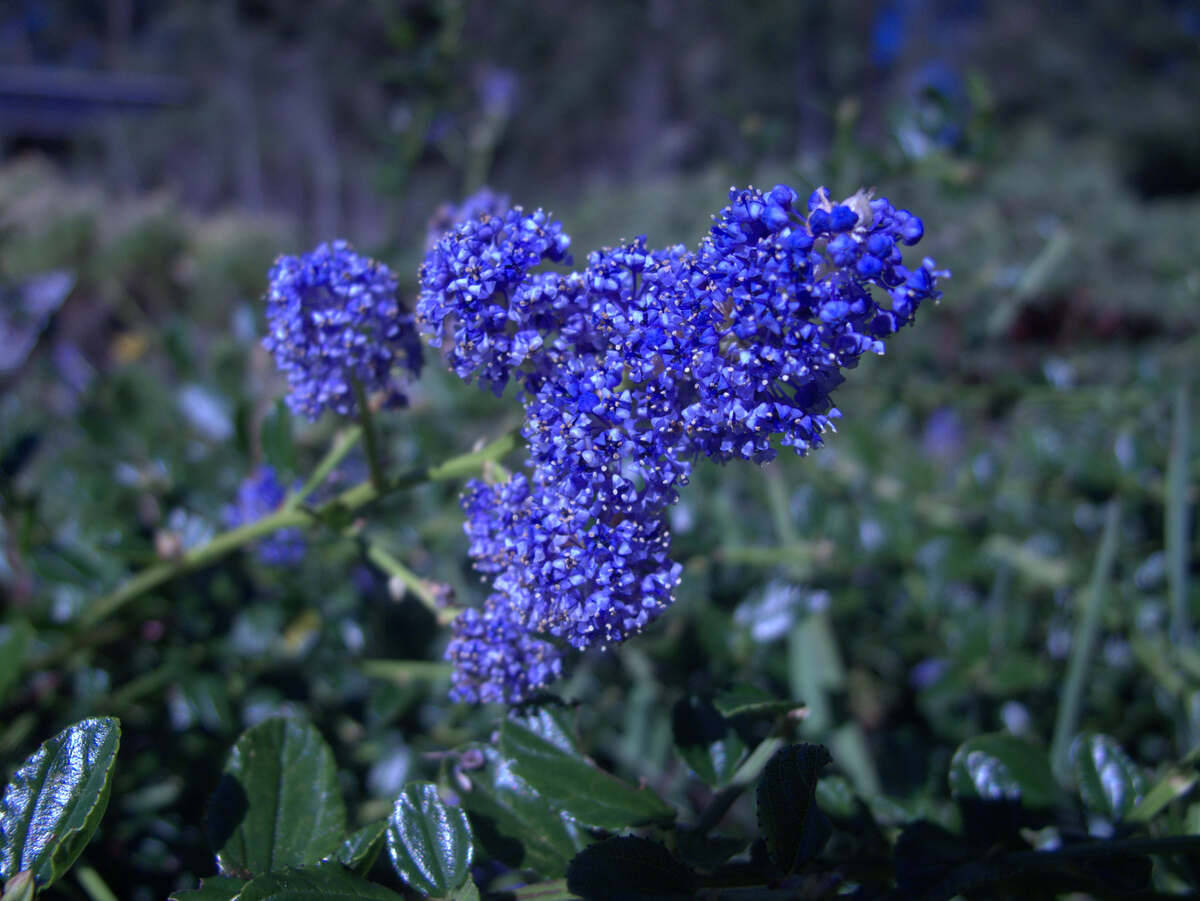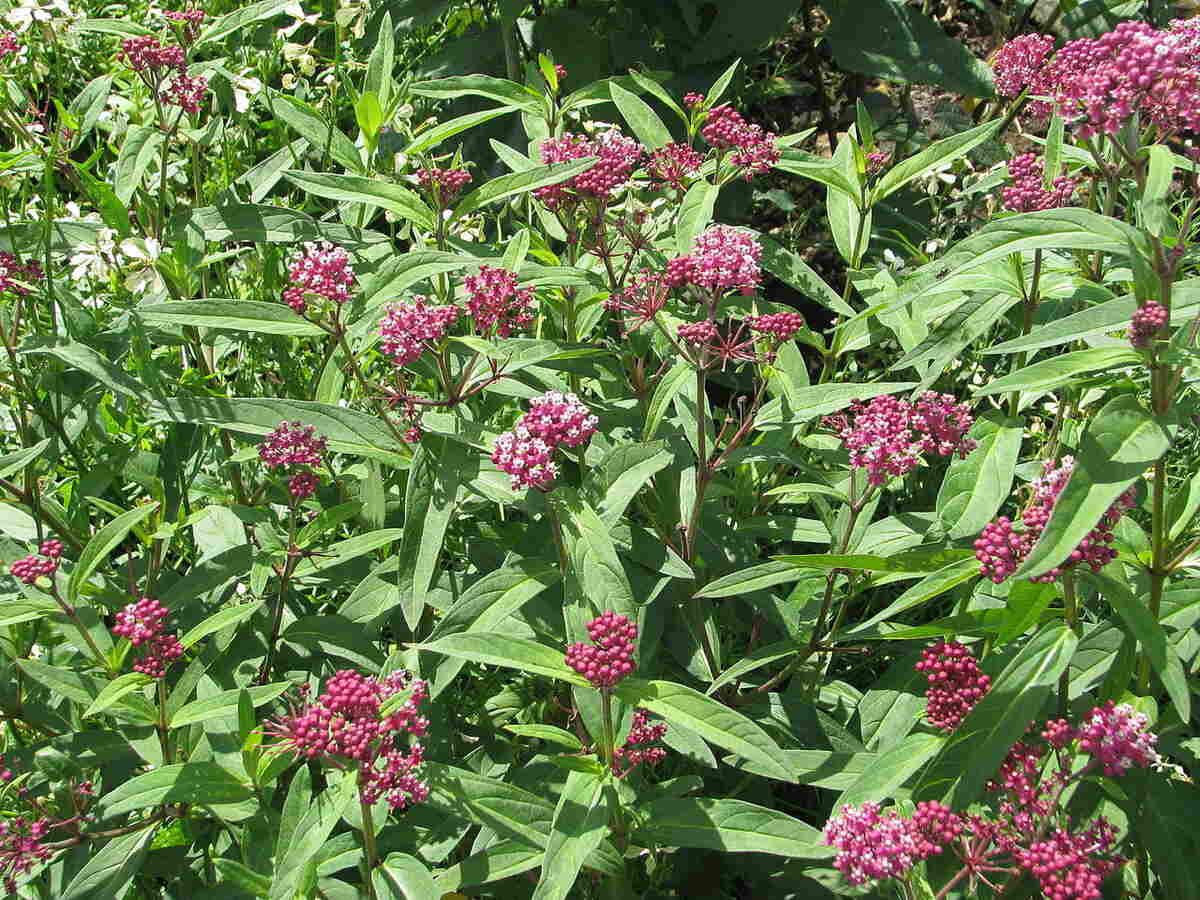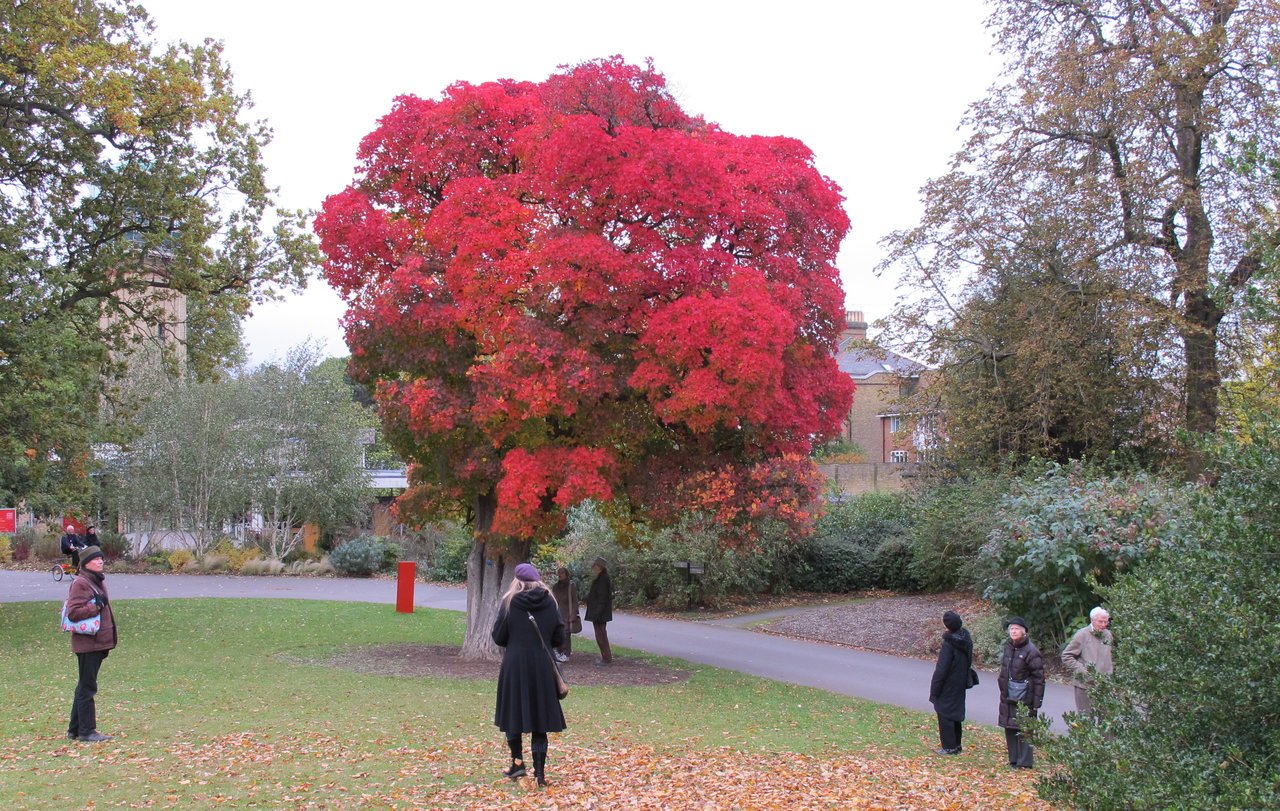
Oh, San Antonio! I was already jealous of your rich colonial heritage, the acclaimed River Walk, and transitional climate with mild winters. Now, after seeing the extensive list of trees native to your area it only makes me greener with envy! This high-desert dweller can only wish to have such a variety of great native trees to plant in my yard.
So, to keep this manageable, let’s talk about the nine best native trees to plant in San Antonio. I tried to put together a list containing a variety of trees: flowering ornamentals, evergreens, and hardy deciduous. (Shhh: I even slipped in a shrub.)
1. American Smoketree
American smoketree (pictured above) isn’t as widely used in San Antonian landscapes as some of these other trees, but it has many attributes that make it worth adding to your yard. A member of the Sumac family, American smoketree is known for its showy appearance and stunning fall color. Panicles 8-10 inches in length develop long, red or purple, hairlike petioles that look like smoke when present in crowded clusters. In the fall leaves turn vibrant yellow, orange, and reddish-purple, putting on a show for three to four weeks.
2. Escarpment Live Oak
Escarpment live oaks reach 35 to 40 feet in height, but span an impressive 75 feet in width. Under the right conditions, these evergreen trees can easily live more than 100 years. Their name, “live oak,” comes from their ability to remain green and “live” throughout winter. If you have a challenging landscape, go for this tree. They are incredibly tolerant of drought and heat, and thrive even in poor soil.
3. Cedar Elm
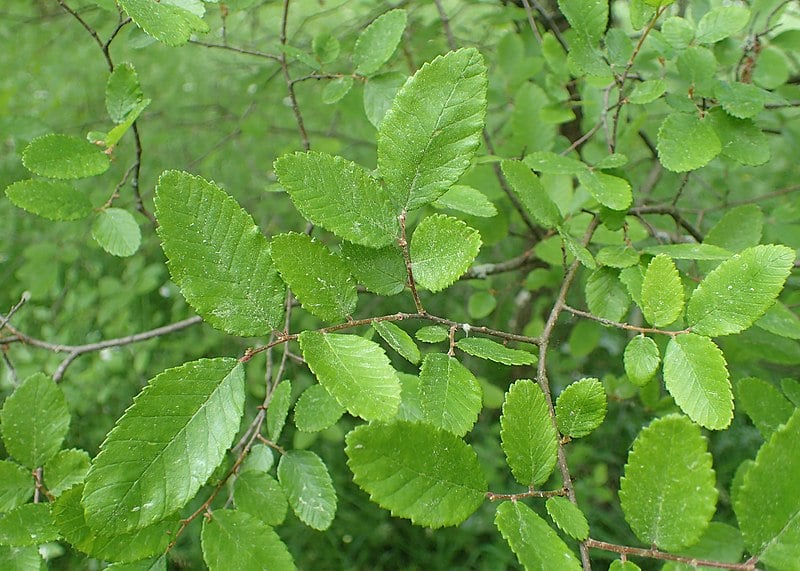
Cedar elm trees make a great shade or street tree, reaching mature heights of 50 to 70 feet. They are considered low maintenance and are very hardy, due to their ability to tolerate a range of soil conditions. The 1- to 2-inch long, dark-green leaves are rough in texture. Even better is they don’t need to be raked when they drop in the fall; they compost nicely, adding to the soil in your yard.
4. Eastern Red Cedar
The Eastern red cedar, Juniperus virginia, is one of the most common conifers grown in the United States. They are extremely tolerant of heat and drought which is what makes them great trees for Texas homeowners. Pale blue berries found on female plants have a variety of homeopathic uses and the aromatic wood is used for cedar chests, cabinets, and carvings.
5. Yaupon Holly
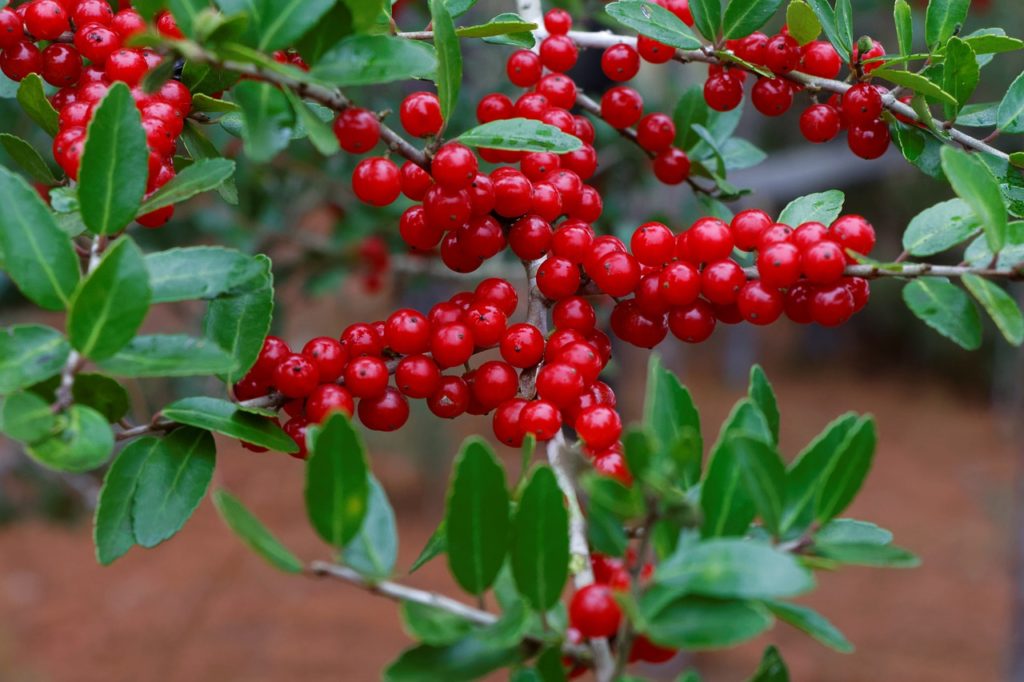
This evergreen shrub is fantastic if you’re looking to add year-round color to your yard. Yaupon holly produces small white flowers in the spring that attract pollinations like butterflies and bees. Female plants produce red, orange, or yellow berries that are loved by birds and other wildlife. Yaupon trees are drought-hardy and have no insect or disease problems when planted in their native habitat.
6. Black Cherry
Black Cherry is the largest and most important variety of native cherry trees. The lustrous, dark red tint of the wood makes it valuable for making furniture, professional and scientific instruments, and toys. Showy white flowers form clusters in the early spring and turn to dark, pea-sized berries late in the summer. Fruits mature to a deep purple, almost black, and are used in beverages and cooking.
7. Desert Willow
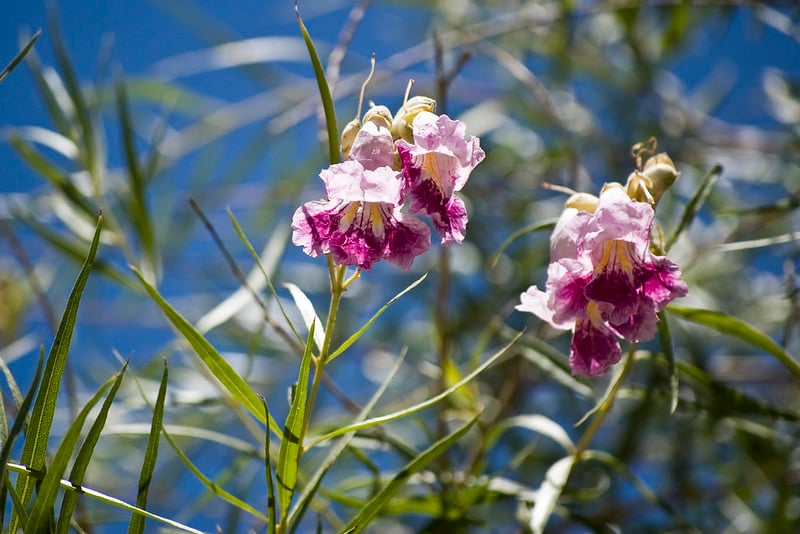
This small-growing native tree looks very similar to willow in its appearance and is incredibly drought resilient, but surprisingly isn’t related to the willow at all. Desert willows grow to between 15 and 25 feet tall and may span 10 feet across. It requires very little maintenance, grows in a variety of soil types, and produces midsummer blooms of showy, pink flowers that appear almost tropical in nature.
8. American Elm
Another iconic tree species, the American elm is trying to make a comeback in urban landscapes. This graceful tree can tower 100-feet above the ground and was historically planted along city streets because of its vase-like shape. Much of the original urban population was wiped out from Dutch elm disease; research has identified resistant cultivars to help facilitate the long-term recovery of the American elm.
9. Magnolia
The magnolia is a mainstay tree across the South, and its for good reason. Trees grow up to 70 feet tall and display glossy green leaves and intoxicatingly fragrant blooms. One of the first trees to bloom in the spring, flowers are large, creamy white and can span up to 12 inches across. An added benefit is the beautiful blooms may last throughout the entire summer on certain varieties.
Adding native trees and plants to your yard can be a fun landscaping project, but if you need more help, talk to a San Antonio landscaping expert for assistance with selecting the right trees for your landscape
Main image credit: American smoketree, David Hagwood, CC by SA 2.0.

